Introduction to Adhesive Bridges
Adhesive bridges, often referred to as resin-bonded bridges, present a minimally invasive solution to dental restoration, prioritizing the preservation of natural tooth structure. This innovative dental treatment allows patients the flexibility to explore alternative restoration options should they choose. Understanding how to properly care for and utilize adhesive bridges can significantly enhance their efficacy and longevity.
Preserving Dental Integrity
Adhesive bridges are designed to maintain as much of the patient’s existing tooth structure as possible. This approach not only respects the natural integrity of the teeth but also provides an opportunity for a less traumatic dental experience. Patients retain the option to revert to other forms of restoration if desired, giving them a sense of control in their dental care journey.
Factors Influencing Durability
The lifespan of an adhesive bridge is inherently linked to several factors, including the patient’s oral health, hygiene practices, and chewing habits. Proper maintenance of oral hygiene is critical, as neglect can lead to complications that may compromise the bridge’s functionality. Regular dental check-ups are also vital for monitoring the bridge and ensuring that it remains in good condition.
Impact of Oral Conditions
The effectiveness of adhesive bridges can be significantly influenced by the state of the patient’s oral environment. For instance, shorter crowns, slender roots, or loosening neighboring teeth can adversely affect the success of the restoration. A thorough dental assessment prior to installation can help identify potential issues and tailor the treatment to each individual’s needs.
Maintaining Oral Hygiene
After the application of an adhesive bridge, meticulous oral hygiene becomes paramount. Patients are often advised to utilize dental floss or specialized toothbrushes to clean around the gingival margins of the bridge and its connectors. This proactive approach is crucial for preventing plaque buildup and ensuring sustained oral health.
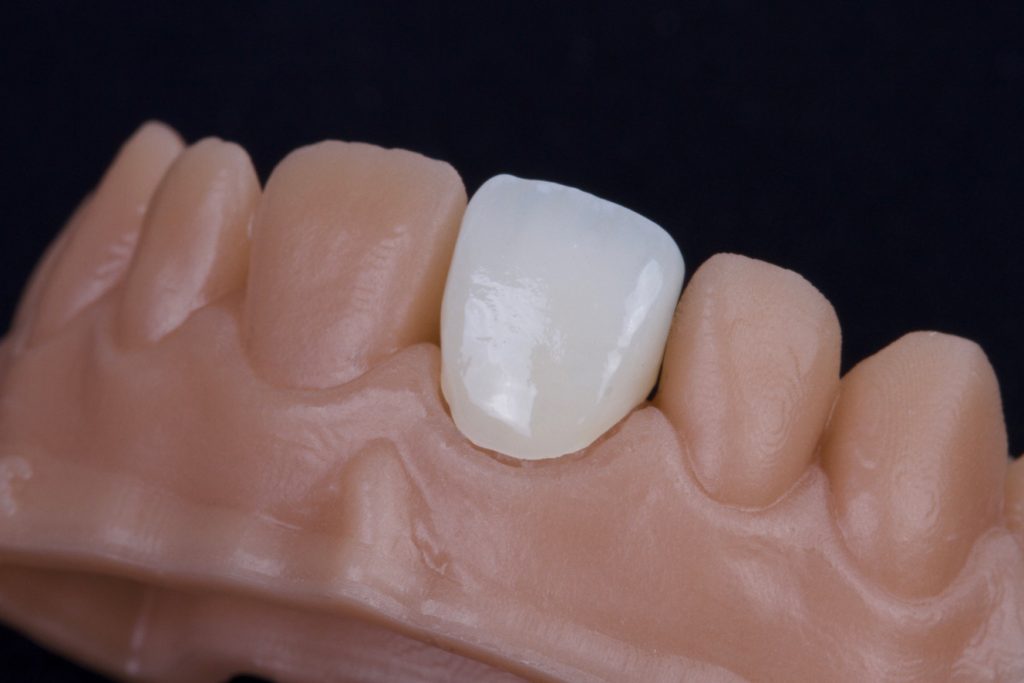
Understanding Limitations
While adhesive bridges effectively restore chewing function, it is important to be aware of their limitations. Excessive pressure can lead to damage of the bridge or instability of the supporting teeth, necessitating avoidance of particularly hard foods, such as nuts or bones. In order to maximize the lifespan and effectiveness of the bridge, patients should adopt moderate chewing habits.
Adjustment Period
Initially, patients may experience slight discomfort after receiving their adhesive bridge. This is a normal reaction as the mouth adjusts to the new restoration, and it is generally expected that the discomfort will subside within a week. Understanding this initial adjustment phase can help alleviate anxiety for patients going through this transition.
Conclusion
Adhesive bridges represent a sophisticated option in the realm of dental restorations, embodying a blend of modern technology and patient-centered care. By adhering to proper maintenance practices and understanding the implications of their use, patients can enjoy the benefits of these bridges while safeguarding their oral health.


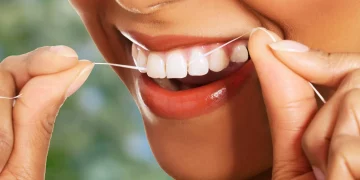




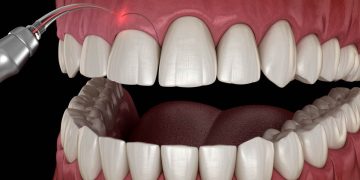
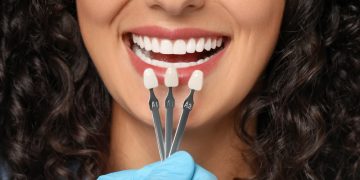



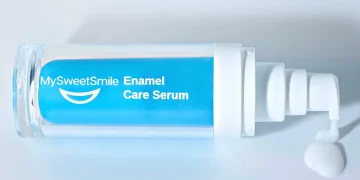












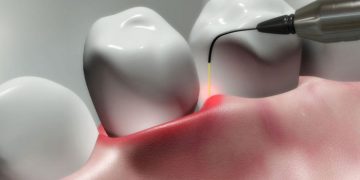





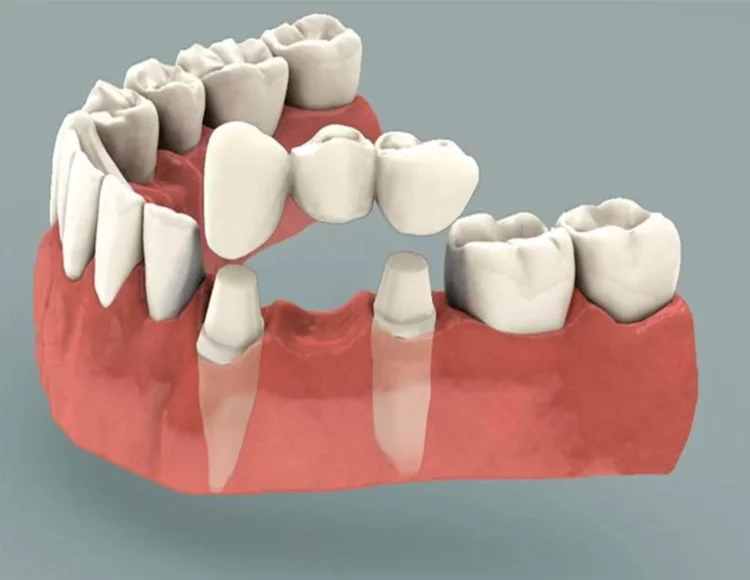













Discussion about this post